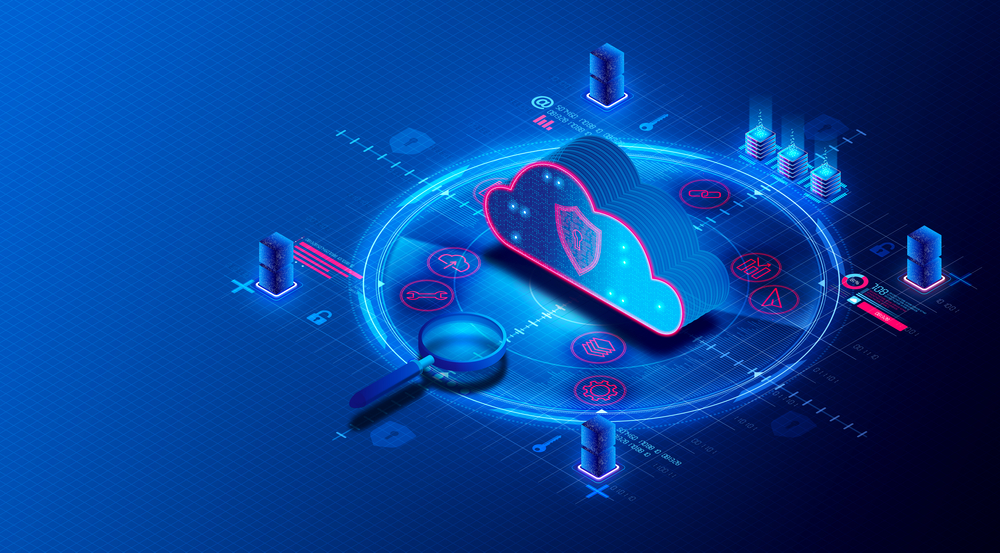Are you experiencing issues with the performance and reliability of your software systems? Are you struggling to identify and resolve problems as they arise? If so, it may be time to consider investing in an observability platform.
Observability platforms are designed to help organizations monitor their systems’ performance and behavior and detect and diagnose issues as they occur. By providing a comprehensive view of the entire system, including its dependencies and interactions, observability platforms enable users to proactively identify and solve problems, improving the system’s availability, performance, and reliability.
But what exactly is an observability platform, and why should you invest in one? In this article, we’ll take a closer look at observability platforms and explore the many benefits they can offer.
What is an observability platform?
An observability platform is a tool that enables organizations to monitor the performance and behavior of their software systems. It collects data from various sources, including logs, metrics, and traces, and provides a centralized location for storing and analyzing this data.
Using an observability platform, you can gain a detailed understanding of how your system is functioning and identify issues as they arise. You can also use the platform to track trends and patterns over time and optimize your system’s performance.
Why should you invest in an observability platform?
There are many reasons why an organization might consider investing in an observability platform. Some of the key benefits include:
- Improved system performance: By identifying and resolving issues that may be affecting the performance of your system, an observability platform can help to improve the availability, reliability, and scalability of your software.
- Enhanced problem-solving: An observability platform provides a comprehensive view of the entire system, making detecting and diagnosing issues as they arise easier. This can help you solve problems proactively rather than react to them after they have caused disruption.
- Increased efficiency: An observability platform streamlines the process of monitoring and analyzing system performance by providing a centralized platform for data collection, storage, and visualization. This can save you time and effort, and allow you to focus on other tasks.
- Cost savings: An observability platform can help reduce downtime and maintenance costs by detecting and resolving issues before they become critical. This can result in significant cost savings over the long term.
- Improved user experience: By ensuring the availability and performance of your system, an observability platform can help to improve the user experience and satisfaction. This is particularly important if you are running a customer-facing system, as downtime and poor performance can lead to frustration and loss of business.
How does an observability platform work?
An observability platform typically consists of three main components: data collection, storage, visualization, and analysis.
- Data collection: The first step in an observability platform is the collection of data from various sources. This may include logs, metrics, traces, and other sources such as user feedback and system configuration data.
- Data storage: The data collected by the observability platform needs to be stored in a centralized location, such as a database or data warehouse. Cloud storage services, such as Amazon S3 and Google Cloud Storage, can also store data for an observability system. Cloud storage offers the advantage of being scalable and easily accessible from anywhere with an internet connection. This allows users to access and analyze the data as needed.
- Data visualization and analysis: The final component of an observability platform is the ability to visualize and analyze the data collected. This can be done through dashboards, graphs, and other visualizations, allowing users to understand the data and identify trends and patterns quickly. It may also involve the use of tools for searching, filtering, and aggregating the




